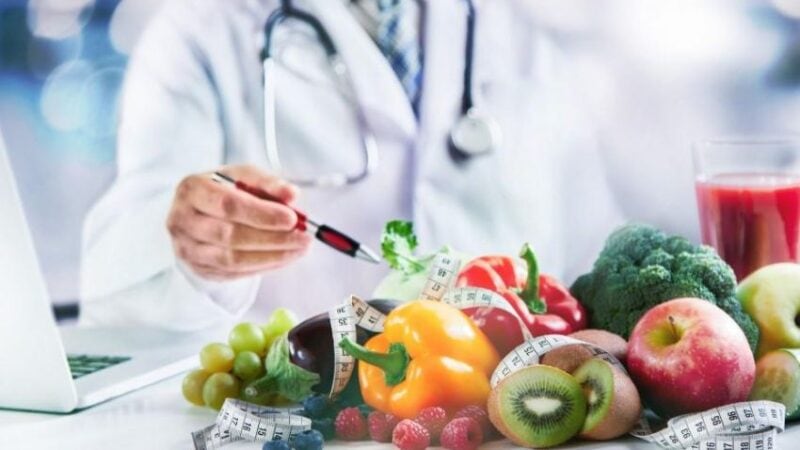Understanding the Difference Between Prime & Dry Aged Steak
What does it mean to specialise in steaks? When you go to a steak house, you get a sense of what that is. On their menus, they reference certain terminology to describe the quality and cuts of the steaks they have. With that being said, you may have noticed them explaining some steaks as being ‘prime’ or ‘aged.’ Some have a vague idea of what those mean. But, not having a full grasp of what they entail can make you miss out on what you might prefer the most. Learn the differences between what is meant by prime and aged steak so you know which one you’d like to order the next time you’re in a steak house!
What is Prime Steak?
Any good steak house will have prime steak. Yet, what does that mean exactly? What makes a prime steak?
A steak is considered ‘prime’ under the quality grade assigned by whatever country’s department of agriculture. Typically, prime steak is graded based on certain factors – such as tenderness, juiciness, and flavour. That said, a steak rated prime will generally have plenty of marbling and young maturity.
Why? It’s because marbling’s flecks of fat in steak give its flavour. As for maturity, younger beef is what makes it more tender. When a steak meets those standards, it’s considered a prime. You may notice some steaks at your local grocery store that advertise as prime steak.
Yet, what steak cuts can you find that are prime?
Here are a few examples of prime steak cuts, which include the following:
- Rib-eye
- Tenderloin
- Short loins (e.g. strip steaks, T-bones, & porterhouses)
Since prime steak is high-quality, whatever cut you get can be rather pricey. It makes sense since it has high value based on its grading system, which is why most steakhouses will offer prime steaks on the menus. After all, a steakhouse specialises in steaks. So, it’s only natural for them to offer only the best and highest quality steaks for customers.
What is a Dry-Aged Steak?
Wine and steak have more in common than being a great dinner pairing. As wine becomes finer with age, a similar process exists regarding steak. That’s called a dry-aged steak. Yet, what makes a dry-aged steak?
When it comes to dry-ageing, it involves controlling the steak cut’s decay process. Based on first impressions of the dry-ageing process, some might be off-put by it from the assumption that it seems like a health risk. On the contrary, the steps in the dry-ageing process not only ensure it’s safe to eat but also deliver a certain delicious flavour.
Dry-ageing accomplishes this by exposing large cuts of beef to oxygen in a humidity-controlled environment for a few days. What this does is allow natural enzymes within the meat to work. With oxygen readily available, these aerobic bacteria come to life as they need it to survive. As a result, they will start breaking down the molecular bonds of meat and creating mold.
Having mold on beef doesn’t sound appealing, much less healthy. However, you would be surprised to know that it’s technically good mold – akin to the good mold in blue cheese. This mold is instrumental in breaking things down slowly by helping to increase evaporation. Like any animal, a cow’s body is composed mainly of water. So, when it evaporates, it helps to get rid of all the moisture in the beef. When this occurs, it helps to alter the flavour and texture of the cut. The flavour becomes more concentrated while the beef becomes easier to bite since the process helps break down proteins.
Typically, the dry-ageing has no real set time length. It all can depend on individual preferences. But, for the most part, you can expect most of them to be done between 30 to 35 days if you buy in a grocery store, while at a restaurant, it would be between 18 to 20.
Once done ageing, all the mold is trimmed away before being served. From its intensive process, dry aged steak is rather expensive, but it delivers a unique taste that’s been described as having some nuttiness, more tender, and an interesting mouthfeel. Steak cuts best for dry ageing are Bone-in New York strip or ribeye. As you can see, there are very clear distinctions between prime and dry-aged steak. One describes a certain quality of steak. Meanwhile, the other speaks to a process bringing unique flavours and tenderness. Hopefully, this gives you an idea of what’s being referred to the next time you go to a steak house!

Deepa Mahar is an independent blogger and admin of DeepAdvices who is exploring the beauty of the blog writing from a variety of subjects and books to health, science and others. She believes the blog would be helpful to the reader in the context of knowledge. She is post-graduated with a degree of Biotechnology.






